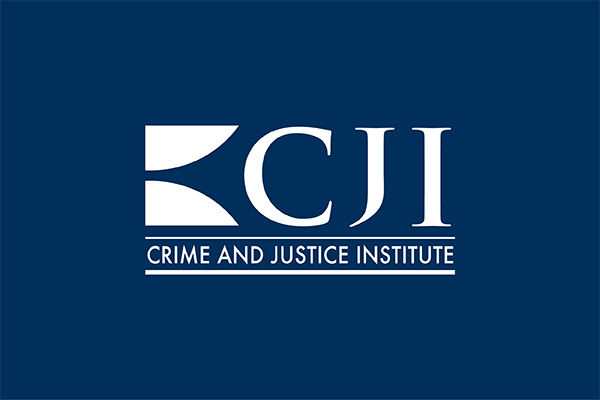
CHARLESTON, W.V. — In 2014, West Virginia Governor Tomblin, Chief Justice Workman and legislative leadership requested technical assistance from The Pew Charitable Trusts and the Crime and Justice Institute at CRJ as they sought to study their juvenile justice system to determine if there were ways they could achieve better outcomes. Less than a year later, the West Virginia legislature passed Senate Bill 393, aimed at, among other reforms, reducing the use of out-of-home placements for youth in the juvenile justice system. The bill was signed into law by Governor Earl Ray Tomblin on April 2, 2015.
SB 393 is the result of a 6-month study of the state’s juvenile justice system and its data by the West Virginia Intergovernmental Juvenile Justice Task Force. With assistance from staff from Pew’s Public Safety Performance Project and the Crime and Justice Institute’s Gabriella Priest and Pamela Lachman, the Task Force found that the state was placing a large and increasing number of low level juvenile offenders out-of-home. The number of youth adjudicated for status offenses (behaviors that would not be crimes if committed by an adult, such as truancy) and placed out-of-home increased by 255% over the past 10 years, and that the majority of youth placed out-of-home in West Virginia were status offenders or misdemeanants.
In December of 2014, the Task Force issued its report with these data findings, as well as a set of recommendations to address the issues West Virginia was facing. The legislation filed as a result of these recommendations makes the following improvements to the juvenile justice system:
- Increases diversion and pre-court community services options, with a focus on community services in lieu of placement for first time status offenders and nonviolent misdemeanants;
- Requires the use of evidence-based practices by all juvenile justice agencies;
- Establishes a tiered assessment process, including screening assessments and risk and needs assessments;
- Requires the review of probation cases every 90 days;
- Authorizes a system of community based juvenile probation sanctions and incentives;
- Expands the use of Youth Reporting Centers — a community alternative to out-of-home placement;
- Requires case plans for probation, the Department of Health and Human Resources and Department of Juvenile Services (DJS), and for those case plans to be informed by risk and needs assessments;
- Enacts limitations on length of stay for DHHR placements, with transition to community services occurring at three months as a default;
- Requires aftercare transition plans for youth exiting facilities;
- Limits the use of a pre-adjudication out-of-home diagnostic assessment process to high-risk offenders or offenders who have committed an act of violence;
- Prohibits the placement of status offenders in DJS facilities;
- Increases data collection, including recidivism; and
- Establishes an Oversight Council to monitor the reforms.
The reforms are projected to decrease West Virginia’s juvenile justice out-of-home population by 16%, achieving over $20 million in avoided costs over the next five years. The Task Force process and subsequent legislation received strong support in the press, and a survey of West Virginia voters showed that over 90% agreed with using community alternatives for less serious juvenile offenders.